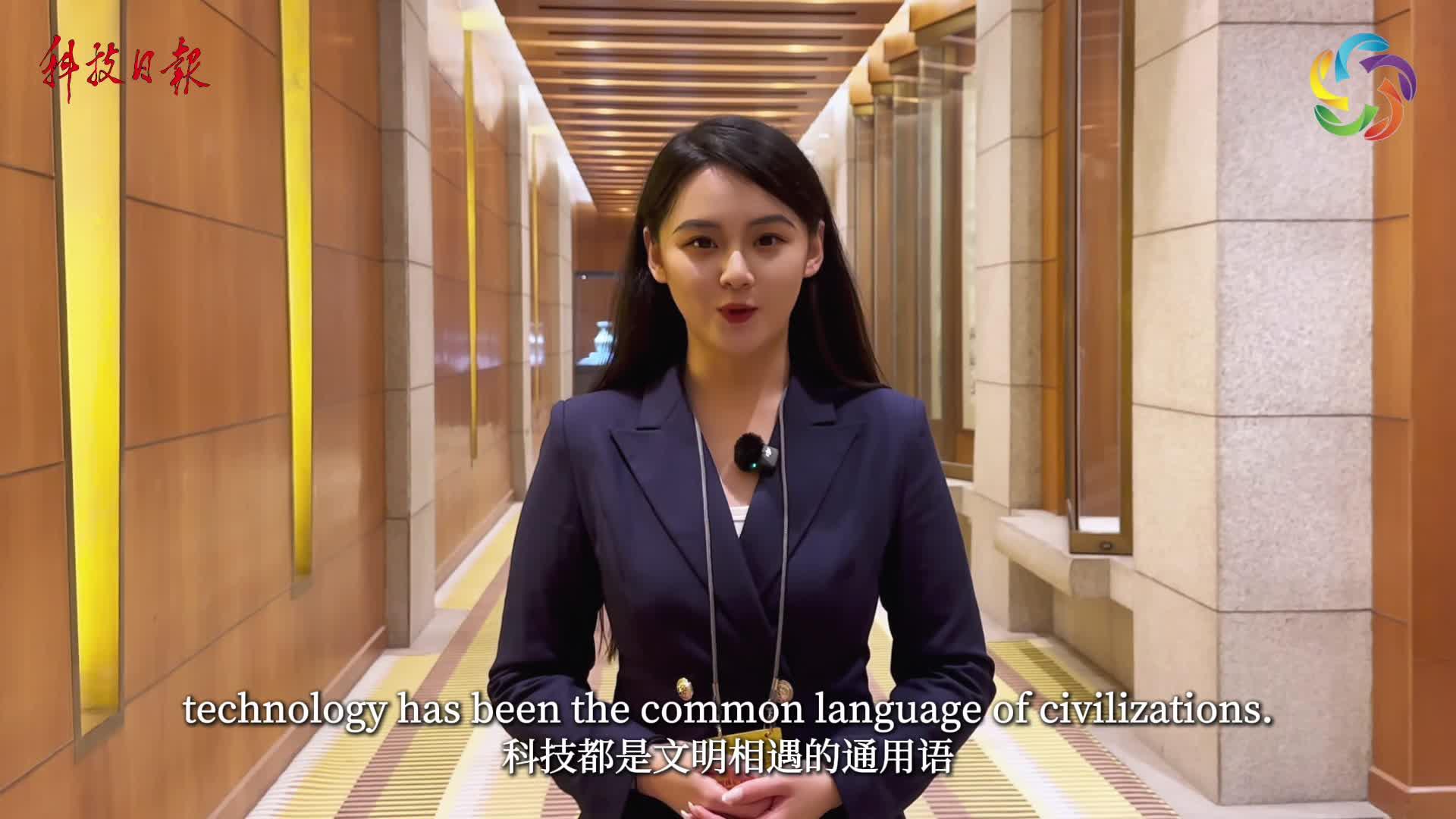'Small Circles' Is Worsening Global Digital Divide

As a next- generation mobile technology, 6G is more?complex than 5G.?(PHOTO: VCG)
By?YIN Ximing & ZHANG Beibei
In late February, 10 countries issued a joint statement on 6G development principles. They included the U.S., UK, Australia, Japan and South Korea. At the same time, tech giants such as Nvidia, Amazon, Microsoft and Samsung formed the "AI-RAN" (artificial intelligence-radio access network) alliance.
The AI-RAN alliance is led by the U.S. and other Western countries and excludes China. What is their intention?
RAN is the key to mobile communication technology. The U.S. is aggressively positioning itself in next generation mobile communication technology. By leveraging the collective strength of the alliance, it aims to create a "small circle" around itself and effectively exclude China.
After collaborating with Europe, India, Australia, Japan and Middle Eastern countries in the development of AI, Washington is seeking to seize the opportunities arising from the deep integration of AI with mobile communication technology to assert its dominance in 6G technology research, standardization and regulation, thus claiming a significant stake in the AI and digital era.
However, from the global view of technological progress, excluding China will hinder global 6G innovation and development. As a next-generation mobile communication technology, 6G is more complex than 5G, with diverse and heterogeneous applications, which makes global cooperation of paramount importance. Excluding China will severely hamper the development of wireless communication network technology and industry.
Market size is a critical factor influencing technology innovation. As one of the world's largest communications markets, China plays a pivotal role in nourishing the wireless communications industry. Therefore, the absence of Chinese companies will significantly limit the global application contexts of new technologies and hinder broad industry support and technology adoption.
In addition, mobile communication technology has evolved from 1G to 6G and is becoming increasingly complex. Leveraging AI technology to improve RAN performance, and addressing uncertainties and challenges in technology selection and innovation requires extensive practical experience from global enterprises.
China's journey from catching up during the 1G-4G era to leading in the 5G era demonstrates its deep technology accumulation and successful innovation practice. Excluding Chinese enterprises will hinder the deep integration and emergence of AI-RAN innovation, leading to multiple technical standards and market fragmentation. This will harm global inclusive development.
By contrast, China's response has been to advocate a digital civilization community and promote an open, inclusive new ecosystem for global digital-driven development. By leveraging the advantage of its huge market and abundant application contexts, China can shape the fusion development of AI and RAN, contributing to the global digital economy.
Western countries and global firms should not create "small circles" in the AI era to prevent the greater risk of a global digital divide. At the same time, Chinese firms should continue exploring new directions for the fusion of AI and RAN, accelerate AI-driven initiatives, deepen cooperation with international enterprises, promote unified international standards, and contribute to the global mobile communication industry's prosperity and progress.
Yin Ximing is an associate researcher at the School of Management, Beijing Institute of Technology, and Tsinghua University Research Center for Technological Innovation. Zhang Beibei is a postdoctoral researcher at the Institutes of Science and Development, Chinese Academy of Sciences.







